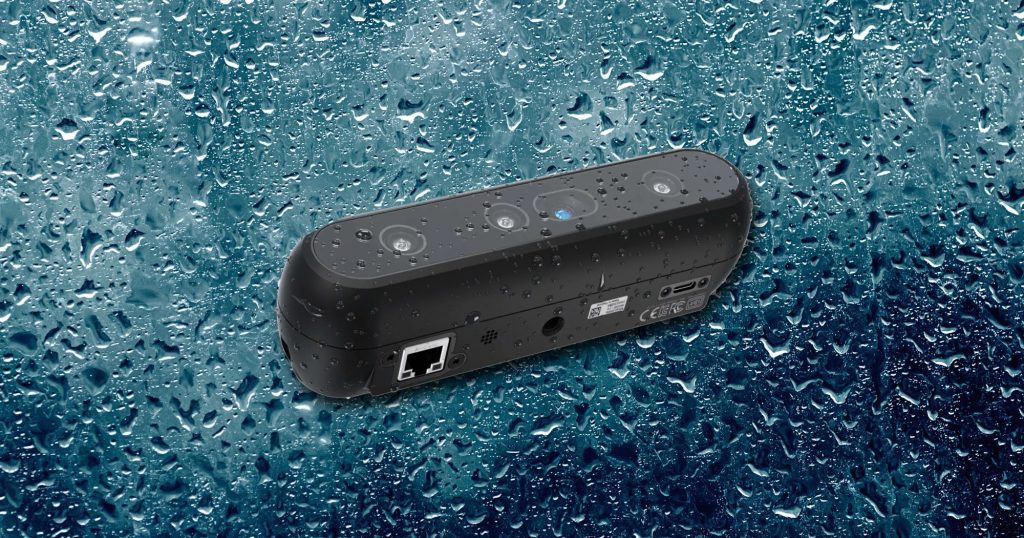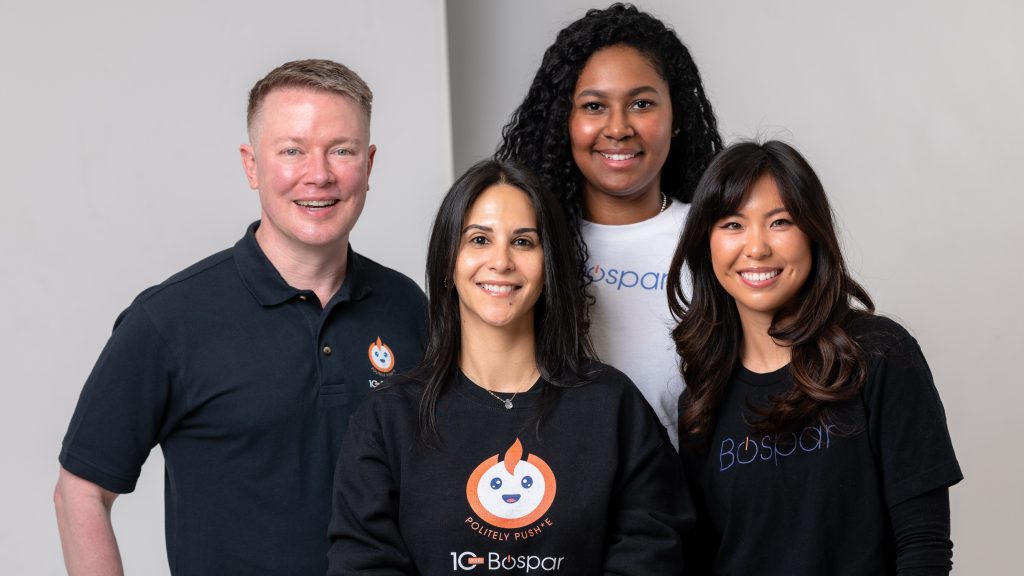There’s a fundamental question every marketer faces, whether you’re launching a healthcare initiative or a new SaaS platform: How do you build trust before you ask for attention?
Too often, campaigns jump straight into paid media, such as ads, sponsored content and digital retargeting, without first establishing the credibility that makes those efforts work harder. The assumption is that visibility equals trust. But in practice, the reverse is often true: trust creates the conditions for visibility to matter.
That’s where a PR-first approach earns its place at the top of the funnel.
Why credibility can’t be bought (but can be earned)
According to research from the Institute for Public Relations, earned media stories, or coverage by a third-party journalist or publication, ranked as the most credible source among marketing channels. Participants consistently described these stories as more believable, more persuasive and more likely to influence decision-making.
In contrast, native advertisements fared the worst. Nearly half of those surveyed described them as “sneaky,” “tricky” or “disingenuous.” The takeaway is clear: when people sense that the message is coming directly from a brand, their guard goes up. But when the message is delivered through a trusted third party, the response is different. There’s a baseline of skepticism that PR helps to lower.
This credibility gap isn’t a slight against advertising, it’s a reality of human behavior. Audiences trust earned media because it signals that someone without a direct stake is validating the value of your offering.
Media alignment still matters
In an era of fragmented attention, channel strategy is both a distribution and demographic decision.
Take the Bay Area as one example. Over the past decade, the Bay Area’s population is getting older, with an 8.7% increase of the 65+ age group in just three years. This is a group that still actively engages with traditional media, such as local newspapers, television and radio, particularly for topics that impact their health, housing or community involvement.
That’s not unique to one region or one demographic. Across industries, certain audiences are best reached through the formats they already trust. A thoughtful segment on local news, a profile in a respected trade publication or an interview on public radio can outperform even the best-optimized digital ad, especially when trust is the barrier to entry. At Bospar, we’ve seen firsthand how crafting the right content for the right channel makes all the difference.
When everyone’s marketing, PR stands out
Whatever industry you’re in, the digital space is crowded. Ads are everywhere, content is constant and audiences are getting better at tuning it out.
One of the most overlooked advantages of PR is its ability to create differentiation. Not just in messaging, but in the type of communication. A brand story told through editorial coverage doesn’t just reach your audience, it frames you as newsworthy, relevant and credible.
That external validation changes the context. It signals that your story matters beyond your own marketing agenda, which is especially powerful in competitive categories where everyone is selling a similar promise.
And importantly, PR isn’t just about reach, it’s also about momentum. It sets the stage for other channels to perform better. When done right, earned media builds familiarity and confidence that amplifies the impact of paid media, email campaigns and even direct sales outreach.
Lead with PR, layer with digital
This isn’t about choosing PR instead of advertising or digital, rather it’s about choosing the right sequence. PR creates the conditions that make your digital efforts more effective. It warms up the audience, lends credibility and creates social proof before you spend on paid amplification.
In practical terms, this means launching with a focused PR push: securing media coverage, thought leadership or high-trust partnerships that get your message into the right hands. Then, using that earned trust to drive engagement through paid and owned channels. Not the other way around.
For teams under pressure to deliver short-term ROI, this approach can feel counterintuitive. But over time, it creates stronger brand lift, deeper engagement and better cost-efficiency across the board.
Final thoughts
In a market where skepticism is high and attention is fleeting; trust is the foundation. PR-first strategy primes marketing tactics to work better.
Because in the end, it’s not just about getting your message out, it’s about making sure people believe it when they hear it.
If you’re rethinking your go-to-market mix or planning your next big push, Bospar is built to lead with PR that drives results. Our team knows how to craft the story, target the right media and position your brand where credibility counts most. Let’s talk about how we can help you earn the kind of attention that makes everything else in your marketing plan work smarter.




